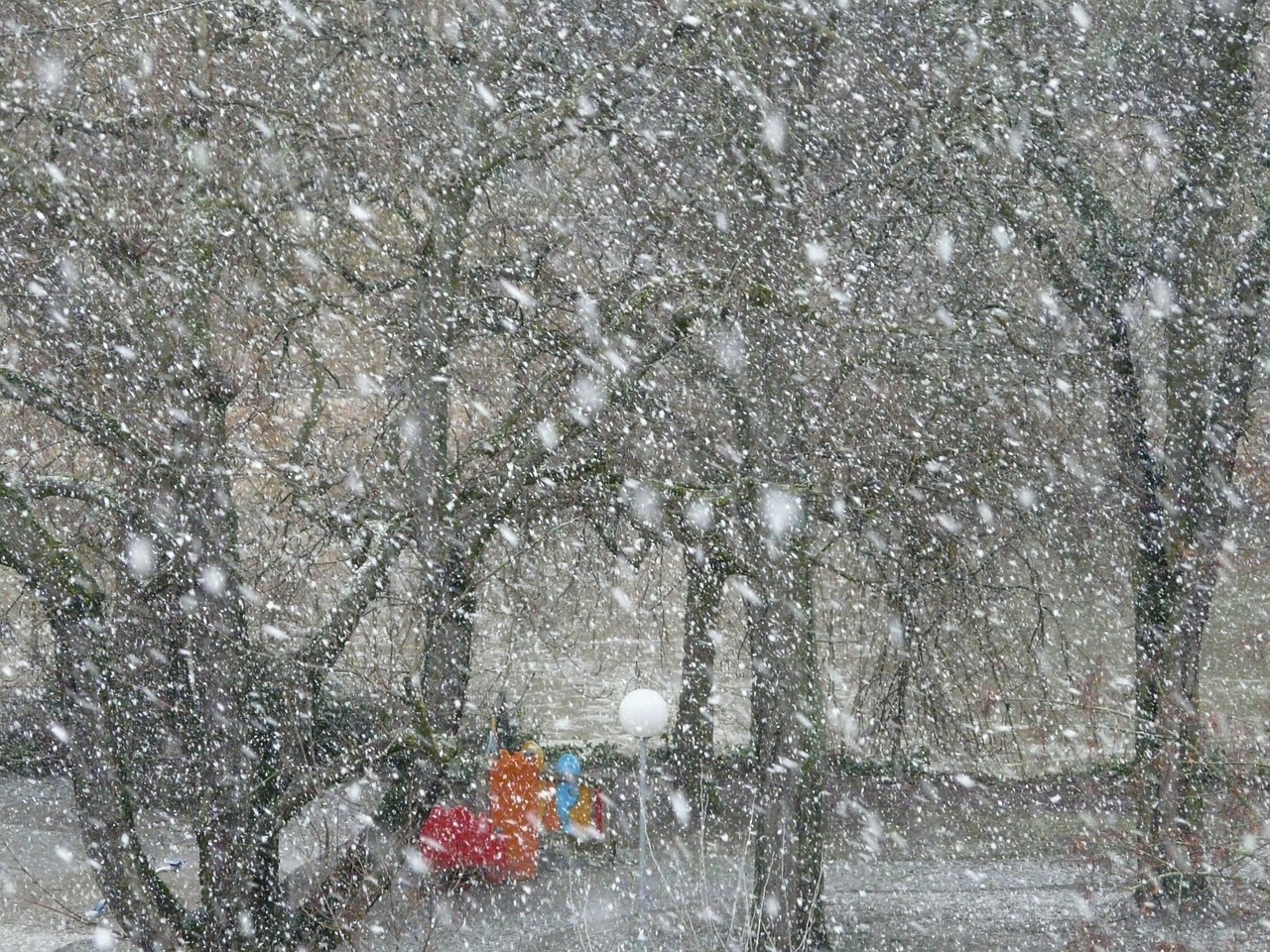Experienced hiker uses survival skills to survive snowstorm

I’ve been caught out in a couple of really bad snow storms in years past; luckily they didn’t turn into survival situations or I’d have been sorely tested.
Experienced hiker Eric Van Wambeke was also lucky to survive in the wilderness when he was caught by a snowstorm while snowboarding.
He admits to having become disorientated in the storm and credits his knowledge of survival skills for saving his life and getting him to a point where he could phone for help.
He had the problem that many of us have experienced at some time or other after his matches got wet and so he was unable to light a fire to get warm. To stay warm, he then walked in 15-20 minute blocks to maintain his body temperature until he could contact help and the rescue services picked him up. We’re grateful that he’s recovered well at home.

So, this raises the question – What do you need to do to survive a snowstorm when you are out and about?
The most important thing is to dress appropriately for the weather, use the layering sytem that we’ve talked about before and make sure you have some spare socks, thick gloves, and a warm hat.
In winter, storms can appear from nowhere and out in the wilderness is generally not on hand. Plastic bags are your friend and are cheap to buy. Use them to store important things you may need like matches, candle, flint, and food, this will help you avoid the situation that Eric found himself in and you’ll have everything nice and dry.

Have spare bigger bags for wet clothing. You can get matches that light wet or dry – they cost more but could potentially save your life. Pack a tarp and an emergency blanket or two. Get yourself a lightweight folding shovel if you are heading into the snow. Digging by hand is hard work, cold and turns painful.
Snowstorms and blizzards are disorientating, so stay put, only move around if you have to. Use what you can find around your immediate area to make a shelter, or at the very least dig a windbreak or shelter in the snow. Snow is insulating when deep but you need to be cautious as you don’t want your snow cave to collapse, it’s worth practicing building them before needing to rely on one.

You need to get out of the wind. Build a fire if you can. You do not want to stay in wet clothing as this increases your chance of hypothermia.
The fire will also let you melt snow for drinking. Wrap yourself in the emergency blanket. If there is plenty of brush, create a thick layer on the floor of your shelter to protect yourself from the cold ground.

Ration the food that you have; be realistic – a storm can block access for days, and you will be burning energy just in staying warm. Check fingers and toes regularly, add extra layers if you have them, and remember these areas lose circulation first.
After the storm, you may be able to move out on your own depending on your experience and skills. Lastly, don’t panic. If you have told someone where you were going, then someone will be looking for you.
If you have any comments then please drop us a message on our Outdoor Revival Facebook page
If you have a good story to tell or write a blog then let us know about it on our FB page. We’re also happy to receive article or review submissions and we’d love to hear from you.
We live in a beautiful world, get out there and enjoy it.
Outdoor Revival – Reconnecting us all with the Outdoors.
